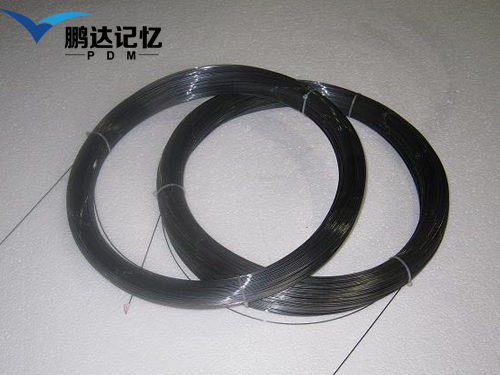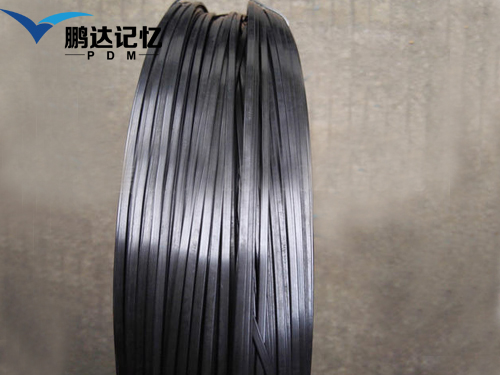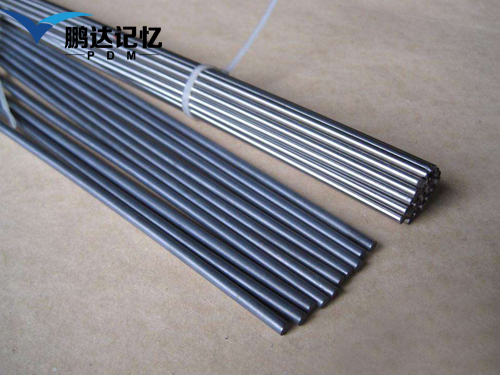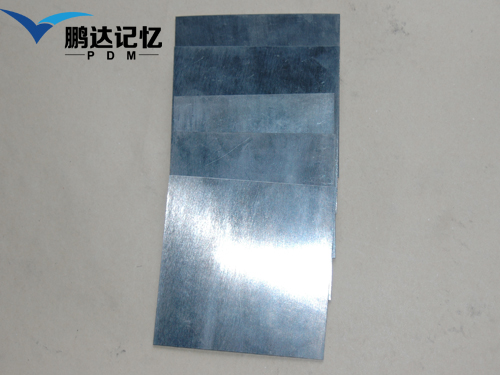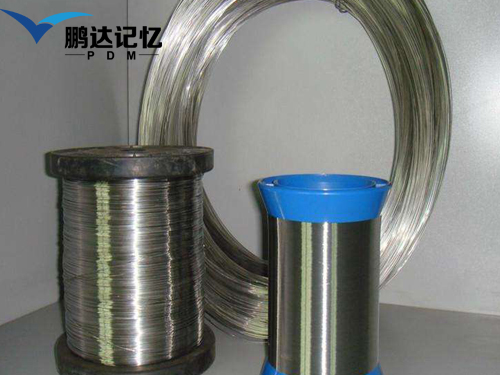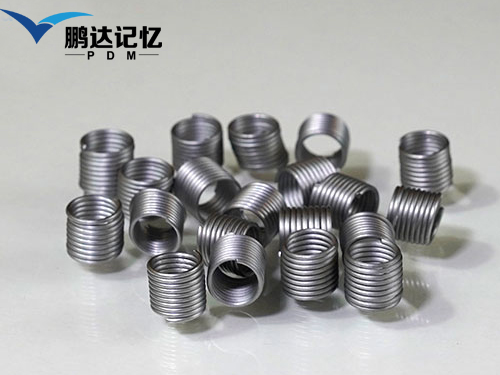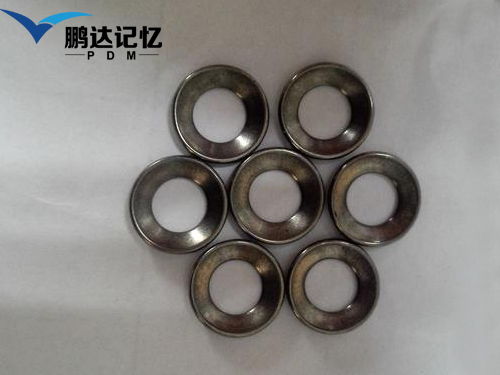According to foreign media reports, NASA regards folding wings as a key Aerospace Technology in the future. In order to achieve this goal, the space agency began to search for a cutting-edge, lightweight memory alloy. A suitable choice has emerged recently. The new alloy developed by the spanwise adaptive wing project enables the wing to control the surface and change its shape without the need of heavy-duty hydraulic system.
The wings of aircraft have experienced a long history of development, from the original spruce and canvas to more and more complex materials. Although they have been greatly updated in technology, their efficiency has been limited to some extent. If wings can become more "rubbery," they can become many shapes, which means they can meet many different flight conditions.
In fact, the idea has been around for a long time, but the problem is that the hydraulic press needed for folding wings is too heavy and energy consumption is very high, so its disadvantages completely outweigh its advantages. To this end, NASA's Armstrong Flight Research Center, Glenn Research Center, Langley Research Center, Boeing research and technology department and Area-I Inc jointly developed a brake that can replace the existing hydraulic press and engine, which will reduce the weight by 80% and will run through shape memory alloy.
NASA recently launched a series of flight tests on Rogers dry lake at Edwards Air Force Base in California. During the test, they used the prototype technology of remote control to evaluate the research aircraft (ptera). It is reported that the wing used by ptera can achieve 0-70 degree folding during flight. In addition to the use of carbon composite materials, the UAV also uses a large number of telemetry equipment and sensors.
Usually, the shape of memory alloy is deformed by heating. In the test, the heating tube on the wing let the most two sides of the wing bend up or down.
Jim mabe, a technician from Boeing's research and Technology Department, said the new alloy they worked with NASA performed very well. From the beginning of the test phase to the flight test, the material has been stable and better than the materials previously developed.
According to the information provided by NASA, the foldable wing will become lighter, simpler, slimmer, more stable and more fuel-efficient one day. In addition, it will make supersonic flight easier.

 current location:
current location:
